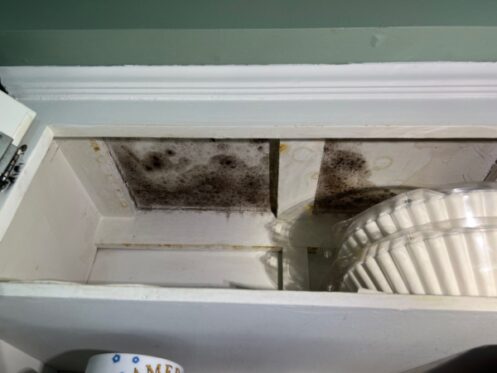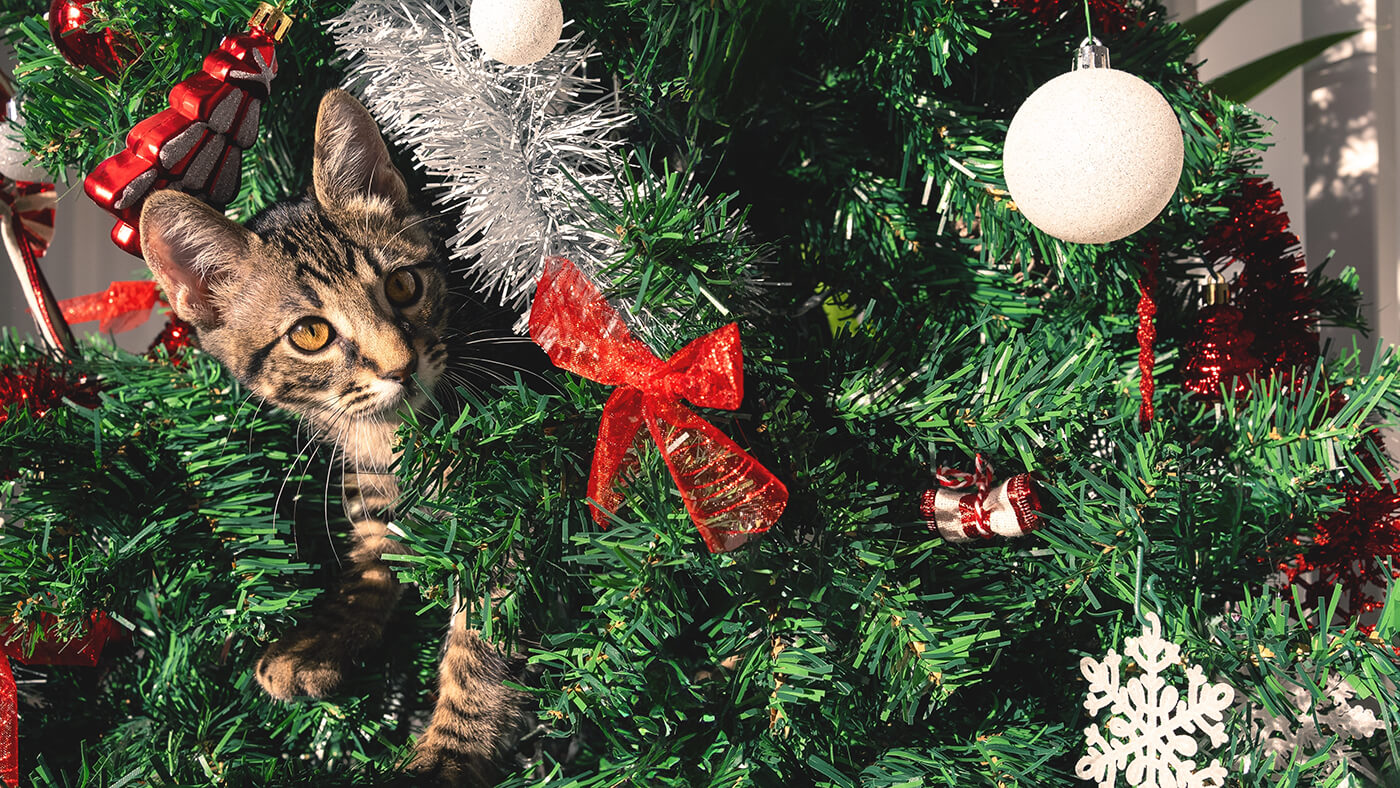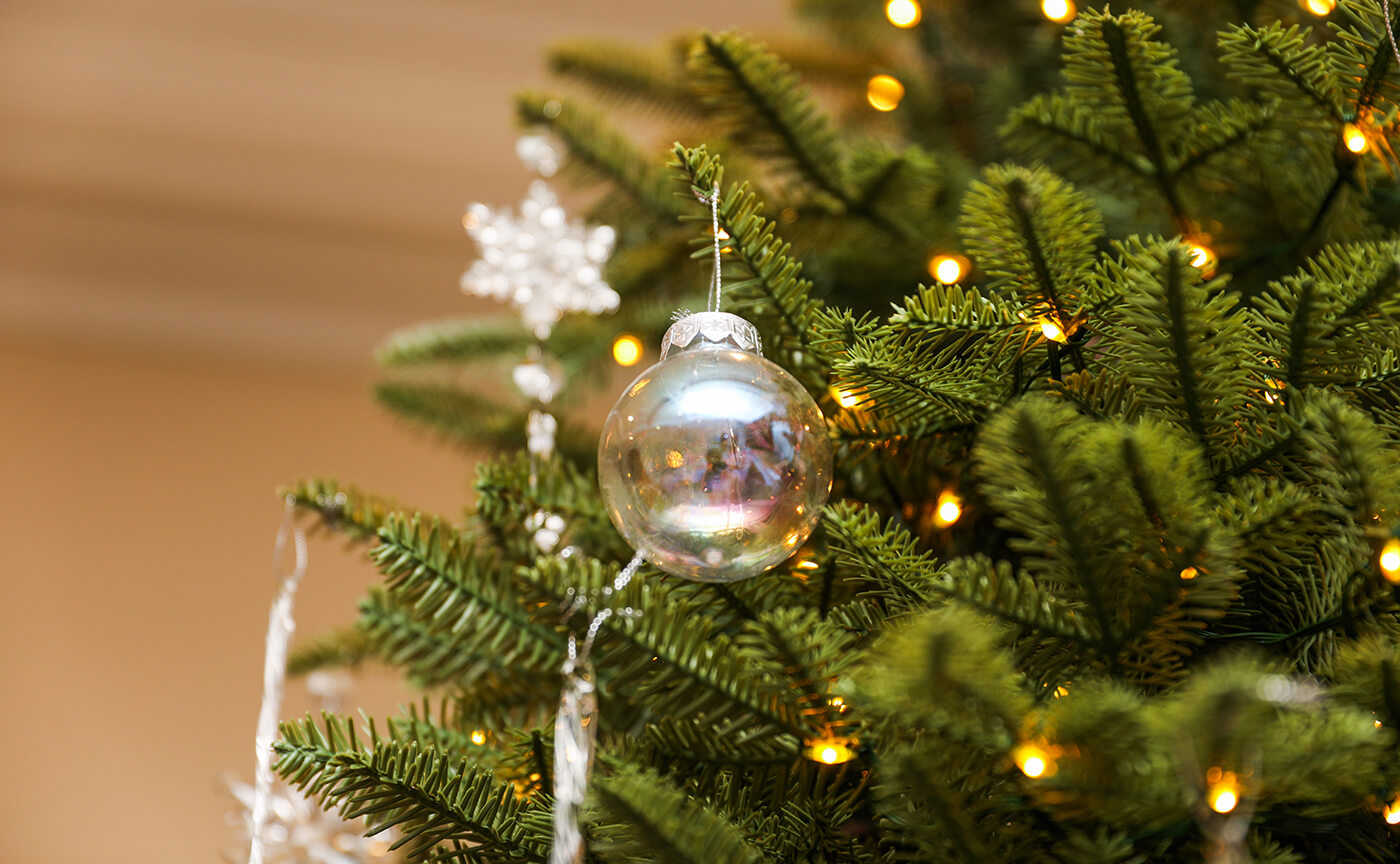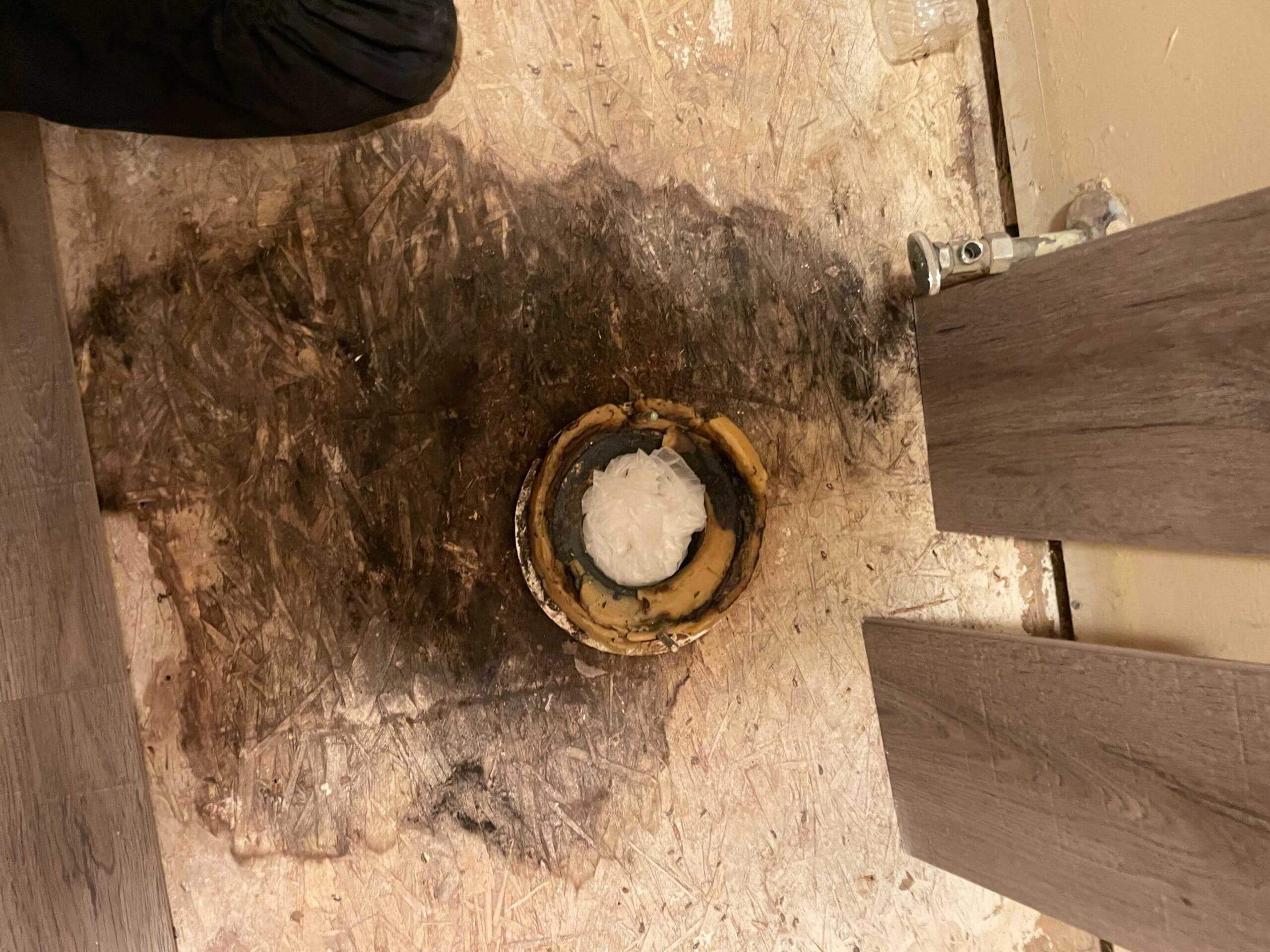Mold is a familiar yet unwelcome guest in many households and buildings. Understanding how quickly mold can develop is crucial for maintaining a healthy and safe indoor environment. Let’s delve into the conditions that promote indoor mold growth and the timeline for its development.
The Conditions for Indoor Mold Growth
Mold spores are naturally present in both indoor and outdoor environments. However, these spores need specific conditions to grow and thrive. The primary factors that contribute to mold growth indoors are:
- Moisture: Mold needs moisture to grow. Leaks, flooding, high humidity, and condensation can create ideal conditions for mold to develop.
- Food Source: Mold feeds on organic materials such as wood, drywall, paper, fabric, and dust.
- Temperature: Mold thrives in temperatures between 60 and 80 degrees Fahrenheit, but it can also grow in more extreme temperatures.
- Airflow: Poor ventilation can contribute to mold growth indoors by allowing moisture to build up in the air and on surfaces.
Indoor Mold Growth Timeline
How Quickly Does Mold Grow?
It’s faster than you think. Mold can begin to grow in as little as 24 to 48 hours under the right conditions. Here’s a general timeline for mold development:
0-24 Hours: Initial Spore Contact
Mold spores are always present in the air but require the right conditions to grow. To thrive, mold needs moisture, a food source (like wood, drywall, or fabric), and a suitable temperature range (between 77 and 86 degrees Fahrenheit).
When mold spores come into contact with a moist surface, they absorb moisture. During this period, there are no visible signs of indoor mold growth, but the spores are preparing to germinate.
24-48 Hours: Germination and Growth
Within this timeframe, spores start to germinate and form new mold colonies. Early growth may not be visible to the naked eye, but the process has begun. This is why your immediate action is critical when discovering water damage or a moisture problem. You have the power to prevent further mold growth.
48-72 Hours: Rapid Growth
Mold colonies begin to grow more quickly and become visible. Small spots of mold may appear on surfaces. The longer the mold is left untreated, the faster it will spread and the more difficult it will become to manage.
You might notice visible signs of mold, such as discoloration on walls, ceilings, or other surfaces. The mold may appear as black, green, white, or even pink patches. At this stage, it is actively spreading and can produce a musty odor, often one of the first noticeable signs.
72+ Hours: Full Colonization
After several days, mold colonies can become well-established and cover larger areas. At this stage, mold can cause significant damage to surfaces and become a severe health risk. This is not a situation to be taken lightly.
By this point, the mold is likely producing spores and releasing them into the air, which can lead to further contamination and spread to other areas of your home. Established mold colonies can be difficult to eradicate without professional intervention.
Mold can multiply under the right conditions, making it essential to address moisture problems promptly. You can protect your property and health by understanding how mold develops and taking proactive steps to prevent its growth. If you suspect mold in your home or business, don’t hesitate to contact Pur360 for a thorough inspection and remediation.
We specialize in eco-friendly mold remediation services that ensure your indoor environment is safe and healthy. Our expert team uses advanced techniques to eliminate mold and prevent future growth, giving you peace of mind.



